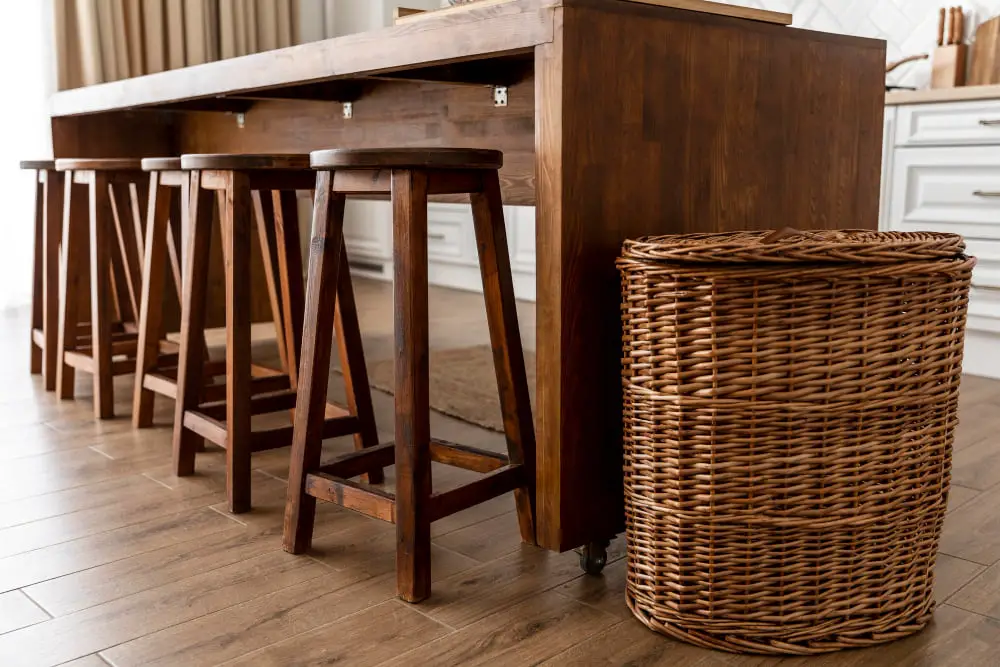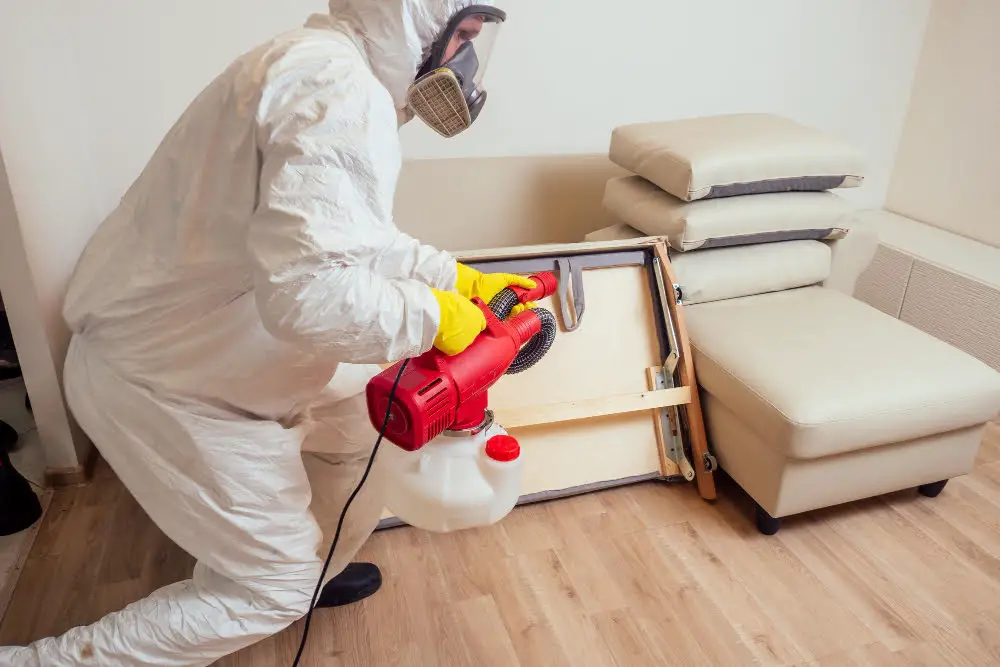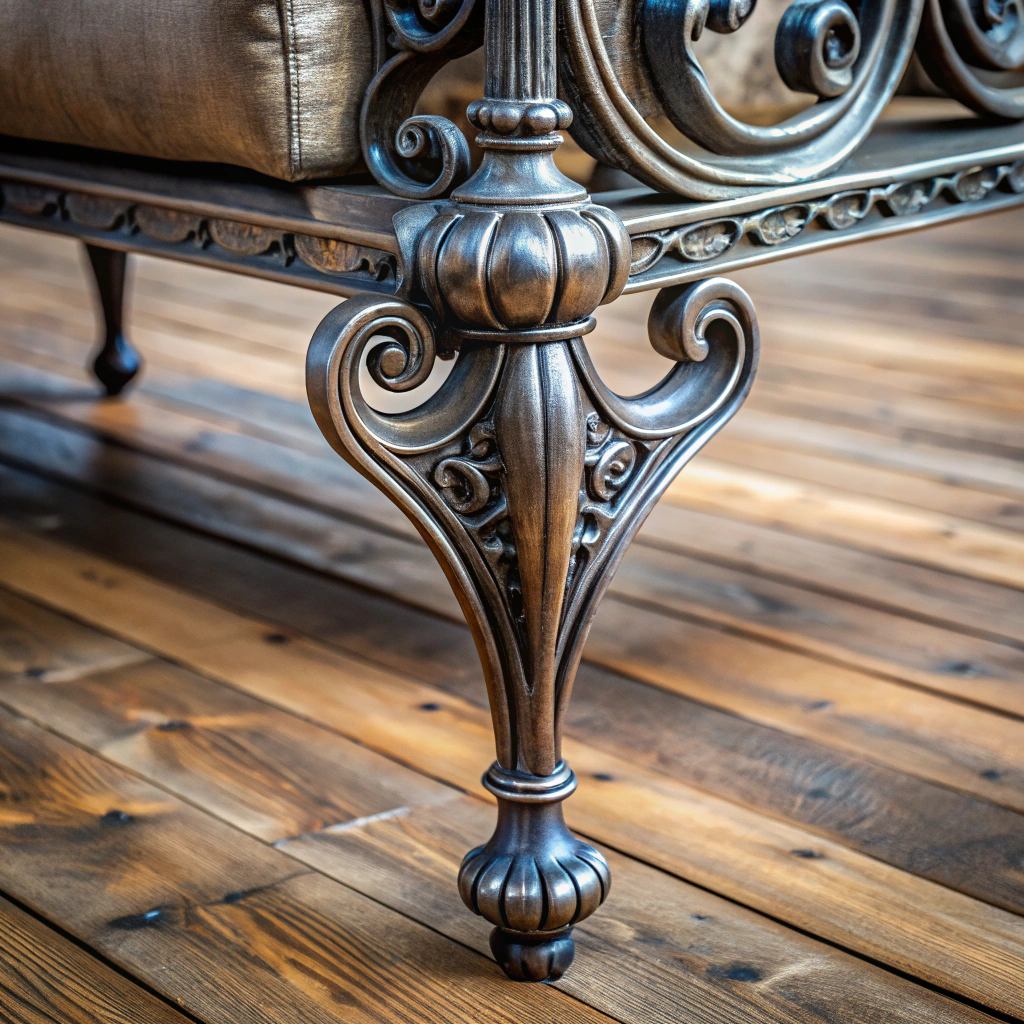Last updated on
Old furniture smell is caused by a combination of factors. This includes trapped moisture, mold and mildew growth, off-gassing of volatile organic compounds (VOCs) from materials, and more.
Have you ever walked into a thrift store or antique shop and been hit with a musty, earthy smell? Or perhaps you’ve inherited a piece of furniture from your grandparents that has an unmistakable odor. The truth is, many old pieces of furniture come with their own unique scent.
But what causes this smell? Is it harmful? And most importantly, can it be removed? In this article, we’ll dive deep into the world of old furniture odors and explore the science behind them. So sit back, take a deep breath (maybe not too deep), and let’s uncover the mystery of why old furniture smells.
Key takeaways:
- Trapped moisture, mold, and mildew cause old furniture smell.
- Off-gassing of volatile organic compounds (VOCs) contributes to the odor.
- Wood absorbs odors and can break down over time.
- Mold and mildew growth release spores that can cause respiratory problems.
- Fabrics can absorb odors from their surroundings.
Table of Contents
Causes of Old Furniture Smell

As mentioned earlier, old furniture smell is caused by a combination of factors. One major cause is trapped moisture.
When wood or other materials are exposed to high humidity levels, they can absorb moisture and become damp. This creates an ideal environment for mold and mildew growth which can lead to unpleasant odors.
Another factor that contributes to old furniture smell is the off-gassing of volatile organic compounds (VOCs) from materials such as adhesives, finishes, and upholstery foam. These chemicals break down over time and release gases into the air which can create a strong odor.
Lastly, accumulated dust and dirt in hard-to-reach areas like corners or crevices may also contribute to musty smells in older pieces of furniture.
Wood and Odor Retention

Wood has natural oils that can break down over time, leading to an unpleasant odor. Wood is porous and can absorb odors from its environment.
The type of wood used in the construction of furniture also plays a role in odor retention. For example, cedarwood contains natural oils that act as insect repellents but also give off a distinct scent that may linger on the furniture for years.
Furthermore, some types of finishes or stains applied to wooden surfaces contain VOCs which emit gases into the air causing an unpleasant smell.
Mold and Mildew Growth

These fungi thrive in damp, humid environments, making them a frequent problem for antique pieces stored in basements or attics. When mold and mildew grow on furniture, they release spores that can cause respiratory problems such as allergies or asthma.
To prevent mold and mildew growth on your old furniture, it’s important to keep it dry. Avoid storing antique pieces in areas with high humidity levels like basements or garages without proper ventilation.
If you notice any signs of mold or mildew growth on your furniture (such as black spots), take immediate action to remove it before the problem worsens.
To remove mold from wood surfaces use a mixture of water and vinegar solution applied with a soft cloth then wipe off excess moisture using another clean cloth. For upholstered items like sofas use baking soda by sprinkling over the surface leave for 15 minutes then vacuum thoroughly.
Upholstery and Fabric Odors

Over time, fabrics can absorb odors from their surroundings, such as cigarette smoke or pet dander. Spills and stains that are not properly cleaned can lead to unpleasant smells.
One way to combat this issue is by using a fabric deodorizer spray specifically designed for furniture. These sprays work by neutralizing odor molecules rather than just masking them with fragrance.
If you’re dealing with a particularly stubborn odor in your upholstery or fabric, it may be necessary to have it professionally cleaned. A professional cleaning service will use specialized equipment and solutions that can penetrate deep into the fibers of your furniture to remove any trapped odors.
In addition to removing existing odors from your upholstered pieces, there are steps you can take to prevent future smells from developing. Regularly vacuuming your furniture (including under cushions) will help remove any dust or debris that could contribute to an unpleasant scent buildup over time.
Pests Infestation Effects

Wood-boring insects like termites, beetles, and carpenter ants can cause significant damage to wooden furniture over time. As they burrow through the wood, they leave behind tiny holes and tunnels that weaken its structure and create entry points for moisture.
In addition to physical damage, pests also produce waste products like feces and urine that can accumulate inside furniture pieces. These waste materials contain pheromones which attract other pests leading to a cycle of infestation.
The presence of these pest-related odors in old furniture not only makes it unappealing but also poses health risks as some people may be allergic or sensitive to them.
To prevent pest infestations in your home’s wooden furnishings ensure proper ventilation by keeping windows open when possible; avoid storing food near your antique pieces; regularly clean up crumbs or spills around them; inspect any new purchases before bringing them into your home for signs of insect activity such as small holes or sawdust-like debris on surfaces nearby where you found it stored previously.




